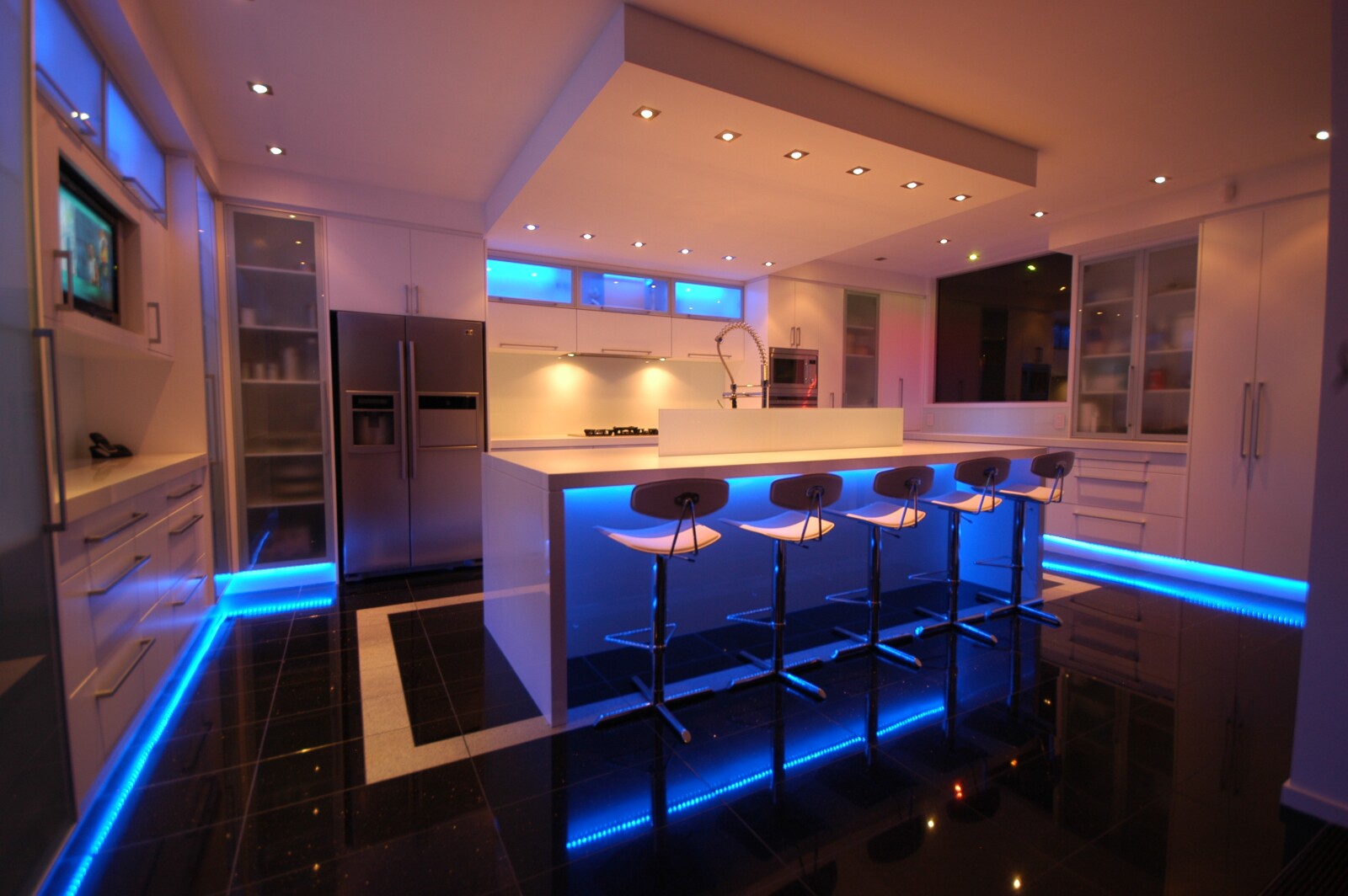What Is The Color Rendering Index In Lighting?
Unsurprisingly, lighting plays a crucial role in how an environment looks and feels. Every space is impacted by the quality of light used, from homes to office buildings. But what exactly do we mean when discussing “lighting quality”? One measure often used in assessing this is the color rendering index (CRI). CRI is a numerical rating system designed to indicate how accurately colors are reproduced under different lighting sources. In this blog post, we will further explore what makes up CRI and why it is important for our lighting decisions. Keep reading to find out more!

What Is The Color Rendering Index In Lighting
Explain What Color Rendering Index (CRI) Is ?
When it comes to lighting, we often talk about brightness, color temperature, and energy efficiency. However, the color rendering index (CRI) is an important consideration often overlooked. The CRI measures a light source’s ability to reproduce color on a scale of 0 to 100. A higher CRI means that colors appear more vivid and true to life under that particular light source. This is especially important in settings where color accuracy is crucial, such as art studios or medical facilities. By considering the CRI of different lighting options, we can ensure that our spaces look their best and that we accurately see the world around us.

Explain What Color Rendering Index
Describe How Cri Works
The Color Rendering Index measures how well a light source mimics natural light by resolving colors. According to CRI, the closest thing to natural light is a score of 100. But, the higher the CRI score, the more accurate and true-to-life colors will appear under that light source. This is especially important in art galleries or clothing stores, where colors must be accurately represented. The index considers 14 color samples, and the combined scores generate the final CRI score. Understanding CRI can help you make informed decisions when selecting lighting for different settings.
Examine The Difference Between CRI And Correlated Color Temperature (CCT)
When choosing lighting, many people often think about the color temperature of the light. However, another equally important factor, if not more so, to consider: the Color Rendering Index (CRI). CRI measures how accurately a light source represents the colors of objects, and it is shown on a scale of 0-100. A higher CRI means that colors will appear more natural under the light. On the other hand, Correlated Color Temperature (CCT) measures the temperature of the light source and is shown on a scale of Kelvins. While CCT is important in determining the mood or ambiance that a light will provide, CRI is crucial in environments where color accuracy matters, like art studios and hospitals. To achieve optimal lighting, both CRI and CCT need to be balanced.
Outline How To Measure CRI
Color Rendering Index (CRI) measures how accurately a light source reveals an object’s true colors compared to natural sunlight. To measure CRI, one must use a spectrometer to analyze the light’s spectral power distribution. This instrument reads the emission of light as a function of wavelength and processes it mathematically. After collecting this data, the CRI value can be determined using a formula. A score of 100 is assigned to the most accurate color rendering, with 0 being the least accurate. Measuring CRI is crucial for those concerned with lighting quality, such as designers, artists, and photographers. By understanding how to measure CRI, individuals can make more informed decisions when selecting light sources, ensuring that colors are represented vividly and accurately.
Explore Why It Is Important To Have A High CRI In Lighting.
When it comes to lighting, there is a lot more to consider than just its brightness or color temperature. One factor that is often overlooked but incredibly important is the CRI, or Color Rendering Index. Light sources are measured by CRI in comparison to natural daylight for how accurately colors are illuminated. The higher the CRI, the better colors will appear under the light. This is especially important in museums, art galleries, and clothing stores where accurate color representation is crucial. But even in everyday settings, like our homes or offices, having a high CRI can improve our color perception and add more vibrancy to our surroundings. So when choosing a light source, it’s important to keep the CRI in mind to ensure we see the world in its truest form.
Discuss The Benefits Of High CRI Lighting
High CRI (Color Rendering Index) lighting has become increasingly popular due to its numerous benefits. The CRI of light sources measures how accurate and realistic their color rendering is, and high CRI lighting scores 90 or above on a scale of 1-100. This means the colors you see under high CRI lighting will appear vibrant and true to life. One of the biggest benefits of high CRI lighting is improved visual clarity and accuracy, which is especially important in settings like art galleries, retail stores, and hospitals where color accuracy is crucial. High CRI lighting also promotes better productivity and a healthier environment. Studies have shown that people under high CRI lighting experience less eye strain, headaches, and fatigue. Additionally, high CRI lighting allows for better visual acuity, making it ideal for task-oriented settings such as offices, classrooms, and workshops. Overall, high CRI lighting is a great investment that can improve the look and feel of any space while promoting wellness and productivity.
Understanding The Color Rendering Index Chart
The Color Rendering Index (CRI) Chart is helpful for those interested in the science behind how we see and interpret colors. Essentially, the CRI measures how accurately a light source reproduces the colors of objects as compared to natural sunlight. Using this chart, we can understand the quality of light produced by different light bulbs or fixtures and their ability to showcase colors as they are. A high CRI rating means that colors will appear more vibrant and true to life, whereas a low rating indicates a light source that may cause colors to appear washed out or muted. Understanding this chart can help individuals make informed decisions about their lighting choices in their homes or businesses.
Color Rendering Index + Led Light Bulbs
The Color Rendering Index, or CRI, measures how a light source can accurately replicate the colors of different objects. A high CRI is a good indication that the reproduced colors are rendered in a natural and realistic way. Compared to traditional light bulbs, LEDs have a longer lifespan and are more energy-efficient. Moreover, LED light bulbs can also provide a higher CRI, which many prefer for indoor lighting. The technology and innovation behind LED light bulbs have enabled them to emit a CRI of up to 98, almost like natural sunlight. With this in mind, more people are switching to LED light bulbs to experience the difference in lighting quality.
In conclusion, the Color Rendering Index (CRI) is an international system for measuring a light source’s ability to render the color of objects faithfully in comparison to natural light. As the CRI rises, so does the quality of light. Generally, a CRI of 80 or higher is recommended and can go up to 100. As LED lighting becomes more common, it is important to understand how to choose the right light source for your particular application. The information provided here will help you understand what to look for when selecting LED lighting that provides excellent color rendering and maintains visibility of all colors. Considering CRI, CCT, and other factors will ensure you purchase a high-quality light source capable of properly illuminating your space and producing vibrant colors. In addition to saving time and money, knowing what to look for in LED lighting will ensure you get the best color rendering!


